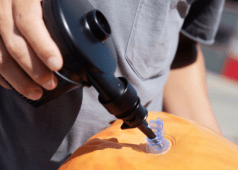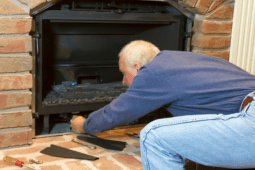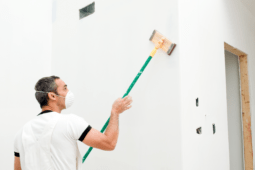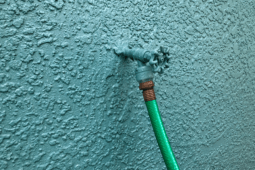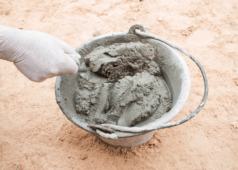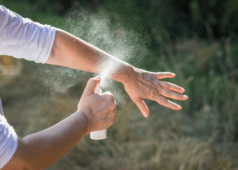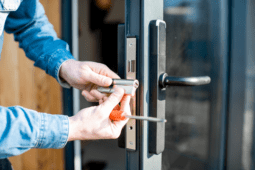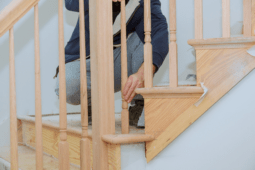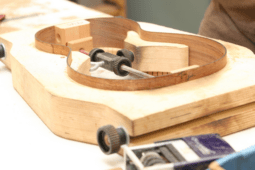10 Tips For How To Keep Pipes From Freezing
Keeping pipes from freezing can be challenging during the winter months, especially if you live in an area with cold temperatures. Having to deal with frozen pipes can be a costly and time-consuming problem. Fortunately, there are a few simple tips and tricks that can help you avoid dealing with frozen pipes.
In this article, we’ll discuss some of the best tips and tricks how to keep pipes from freezing during cold winter months.
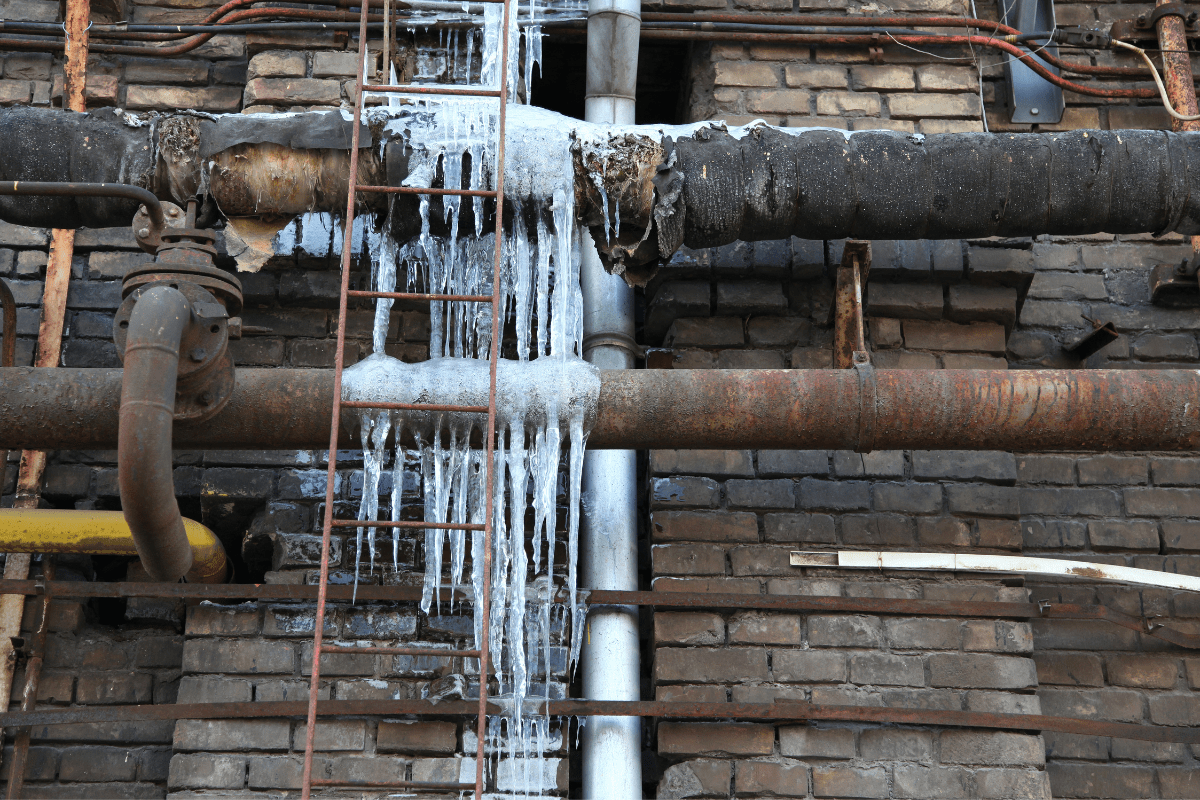
1. Insulate any exposed pipes, such as those in your garage, basement, or crawlspace
Insulating exposed pipes, such as those in your garage, basement, or crawlspace, is essential to prevent them from freezing and bursting in cold weather.
Insulating the pipes will also help reduce the energy needed to heat the water running through the pipes and reduce your energy bills. Additionally, it can help reduce the noise the pipes make when running, making your home more comfortable and quiet.
2. Let the faucets drip slowly when temperatures dip below freezing.
You should let the faucets drip slowly when temperatures dip below freezing to prevent the water pipes from freezing and potentially bursting. Water expands when it freezes, and if the pipes are not able to expand due to lack of space, they can crack and cause severe damage to your property.
Allowing the pipes to have some water constantly running through them helps to keep them warm and prevents them from freezing.
3. Wrap your pipes with a heat tape or heating cable.
Wrapping your pipes with a heat tape or heating cable is essential for keeping your pipes from freezing and bursting in cold weather. It helps to maintain a consistent temperature in the pipes so that water can still flow freely even in the coldest temperatures.
Heat tape and heating cable also help to prevent condensation from forming on the pipes, which can damage them over time. Additionally, if you live in an area that experiences extreme cold temperatures, this is an effective and easy way to ensure that your pipes are appropriately insulated and protected.
4. Keep your home heated to at least 68°F (20°C).
Keeping your home heated to at least 68°F (20°C) is essential for many reasons. It helps protect your health in cold weather by circulating warm air in your home, which can help reduce the risk of cold-related illnesses. It can also help to save energy and money, as heating a home to a lower temperature requires more energy to keep it warm.
And, of course, maintaining a warm temperature can help to prevent damage to pipes and other fixtures in the home caused by freezing temperatures.
5. Keep cabinet doors and drawers open to allow warm air to circulate around pipes.
Keeping cabinet doors and drawers open is an important step in protecting the pipes in your home from freezing. By allowing warm air to circulate around the pipes, it helps to keep them at a consistent temperature, reducing the chance that they will become too cold and freeze.
Additionally, this helps to ensure that any water inside the pipes will not freeze, which can cause them to rupture and lead to costly repairs.
6. Seal up any cracks or holes in walls or ceilings near pipes.
Sealing up cracks or holes near pipes is crucial because it prevents air or water leaks. Leaks can cause damage to the walls or ceilings, can lead to mold growth, and can even cause the pipes to freeze in cold weather. Sealing the cracks or holes also helps to ensure that the pipes are insulated and helps to keep the temperature inside the home or building more consistent.
7. Make sure your gutters are clear and that water can properly flow away from your home.
It is essential to ensure your gutters are clear and that water can properly flow away from your home to prevent pipes from freezing. Clogged gutters can cause water to build up, which can lead to water entering and freezing in your pipes. Not only can this cause pipes to burst, but it can also lead to costly repairs.
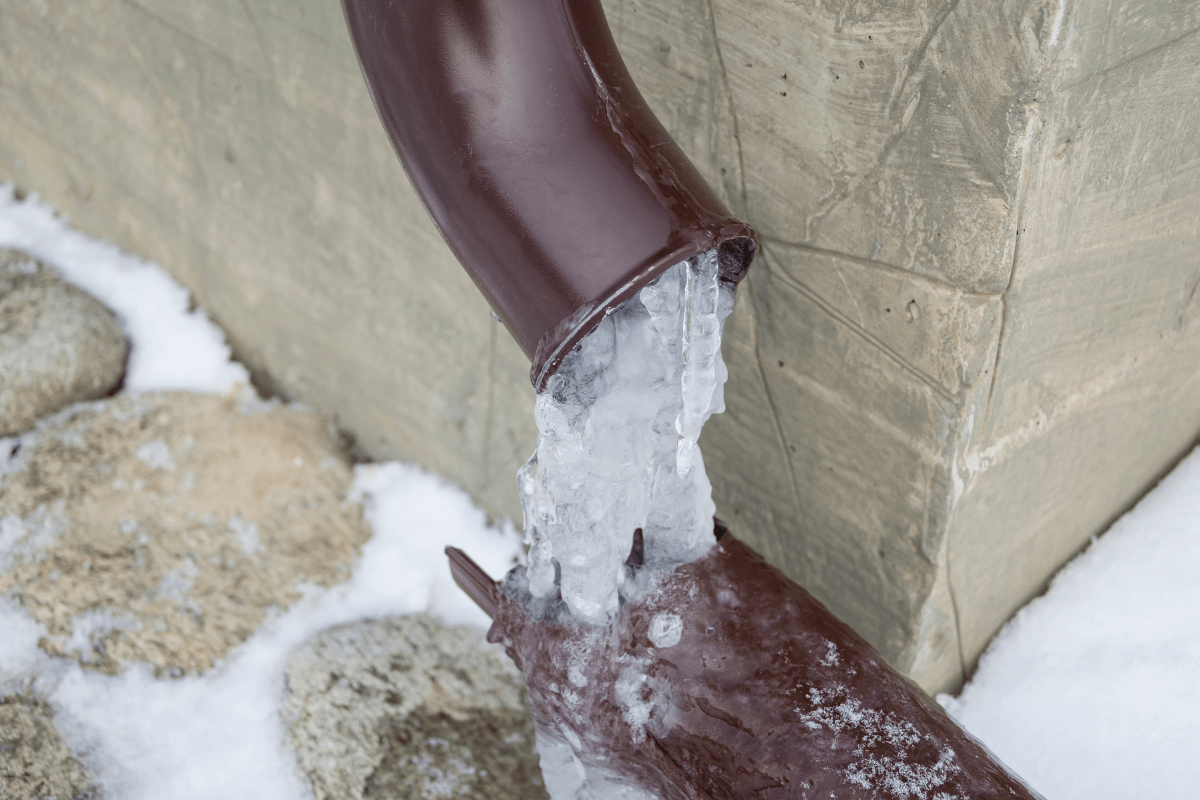
Keeping your gutters clean and debris-free will help ensure that water can flow away from your home and prevent pipes from freezing.
8. Disconnect garden hoses and drain any remaining water.
Disconnecting garden hoses and draining any remaining water can help protect your home from the potential damage that frozen water can cause. When water freezes in a garden hose, it can expand, putting unnecessary pressure on the hose and your plumbing connections.
This can cause the hoses or connections to burst and lead to expensive repairs. Draining the water from the hose can also help conserve water and save you money on your water bill.
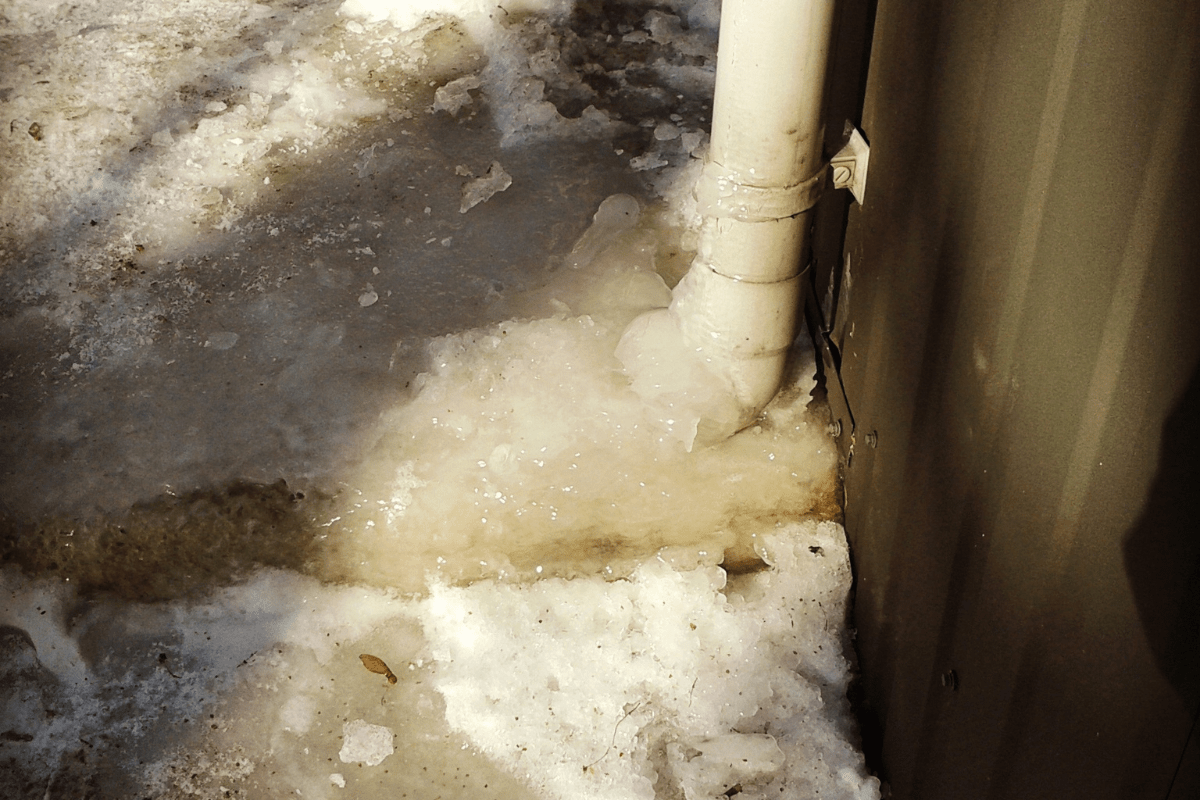
9. Install a water pressure regulator to reduce the risk of pipes bursting.
Installing a water pressure regulator can be beneficial in reducing the risk of pipes bursting due to excessive pressure. High water pressure can cause too much stress on pipes, leading to cracks, leaks, and breakages.
A water pressure regulator ensures that the pressure remains at a safe level, helping to prevent these issues from occurring. Additionally, it can help to reduce water consumption and save money on utility bills.
10. Know where your main water shut-off valve is if you experience a frozen or burst pipe.
Knowing where your main water shut-off valve is located is vital in case of a frozen or burst pipe, as it can help you quickly and efficiently stop water flow to your property. This can help minimize the amount of water damage to your property and save you time and money.
Additionally, if you don’t know where your shut-off valve is, it could be challenging to find in the event of an emergency. Knowing the location of your shut-off valve ahead of time can make all the difference in an emergency situation.

